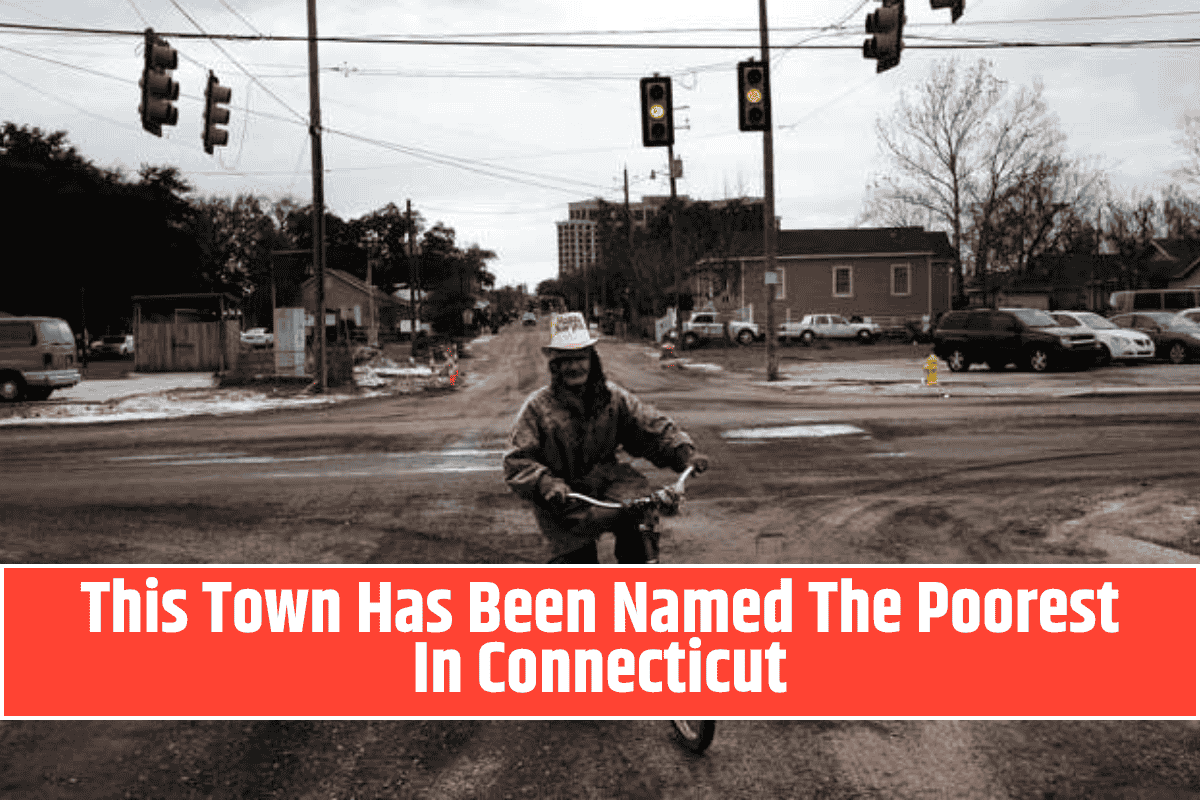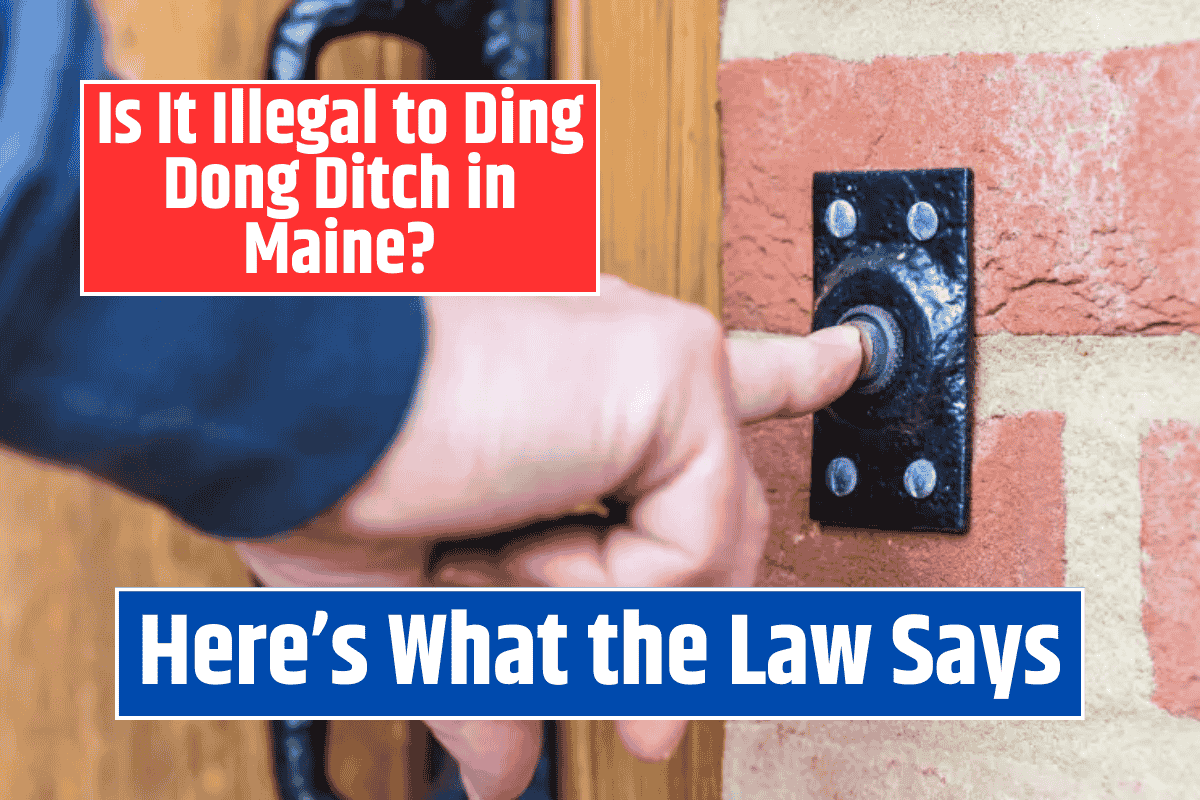Connecticut is often seen as one of the wealthiest states in the U.S., but it also has areas with high levels of poverty. One city that stands out in this regard is Hartford, which has earned the title of the poorest city in Connecticut.
Despite the state’s overall affluence, Hartford faces deep economic challenges, with many of its residents struggling to make ends meet.
High Poverty Rates in Hartford
Hartford’s poverty rate is strikingly high, with nearly 30% of the population living below the poverty line. This is much higher than both the state and national averages. According to data from 2025, the poverty rate in Hartford exceeds 28%, and in some neighborhoods, it’s even worse.
This highlights the severe economic hardships that many of the city’s residents face daily.
Comparison with Other Connecticut Cities
While Hartford is the poorest major city in the state, other cities like New Haven, Waterbury, and Bridgeport also have significant poverty rates. These cities have long struggled with high unemployment, lower incomes, and poor living conditions.
Smaller towns like Willimantic also experience high poverty, with over 30% of residents living below the poverty line. However, Hartford’s larger population and concentration of poverty make it especially notable.
Reasons for the Poverty in Hartford
Several factors contribute to Hartford’s economic struggles. One of the biggest reasons is the historic loss of manufacturing jobs, which were once a key part of the city’s economy. Many of these jobs were shipped overseas or replaced by technology, leading to job losses and economic decline in certain neighborhoods.
Additionally, Hartford’s school systems have long been underperforming, which limits educational opportunities and the chances for young people to break out of poverty.
Another factor is the high cost of housing in relation to income. Many residents struggle to pay rent or find affordable homes. This, combined with persistent economic segregation, makes it difficult for people in Hartford to improve their living standards.
Wealthy areas in Connecticut remain isolated from poorer cities, leaving the latter to face ongoing challenges.
Hartford’s Future and the Struggle for Change
Although Hartford remains the poorest city in Connecticut, there are ongoing efforts to improve the city’s economy and reduce poverty. However, real change will require tackling the root causes, such as improving the education system, bringing in new jobs, and addressing the issue of affordable housing.
Until these issues are addressed, Hartford will likely continue to face high poverty rates.
In conclusion, while Hartford stands as the poorest city in Connecticut, it’s part of a larger issue of economic inequality in the state. Addressing these problems requires a multi-faceted approach that includes economic, social, and educational reforms to ensure that all residents have the opportunity to thrive.
[1] https://yankeeinstitute.org/2025/06/24/does-connecticut-have-a-city-problem/
[2] https://www.ctinsider.com/projects/2025/ct-average-income/
[3] https://www.unitedstateszipcodes.org/rankings/zips-in-ct/poverty_rate/












